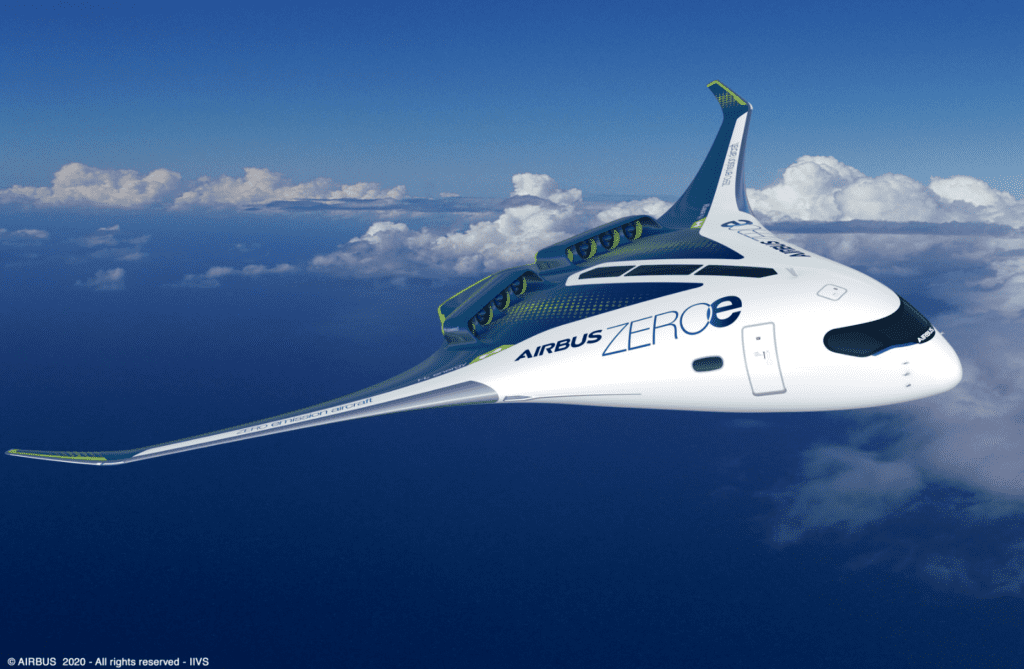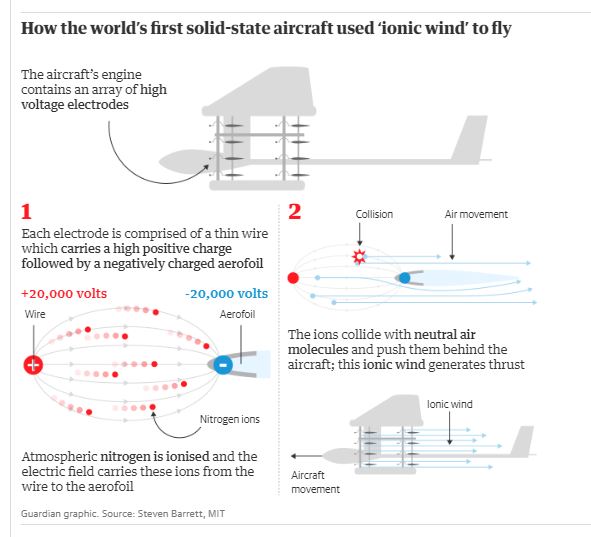Nowadays aviation has a reputation for being not eco-friendly. And that’s actually right. It is the major factor of green hose gases emission which are causing climate changes. And now when a situation is becoming critical more and more people are looking for more sustainable ways of transport. That’s why aviation is also changing to address this trend.

Luckily for us there are some big changes in the development process. Hopefully in next few decades we will see aviation become more eco-friendly. Here are some ways how to deal with that problem:
1.Hydrogen fuel
There is no doubt that planes are one of the biggest factor of air pollution. According to some data aviation is currently responsible for 3.6% of the EU’s greenhouse gas emissions. That’s why engineers are working on making air travel more eco-friendly. It seems that the best solution would be to change kerosene so called jet-A1 fuel to hydrogen. Researchers show that this way of propulsion would have three times higher energy-per-unit that the traditional way. That means that planes using hydrogen would be able to carry hundreds more passengers per flight than traditional ones without polluting any CO2 to the atmosphere.
However there are some major issues to overcome. In order for Europe to fully achieve the benefits of hydrogen powered planes the production of clen hydrogen needs to be significantly increased. There is also absolutely no infrastructure on airports to store and mange this fuel. What’s more there are no planes that are adapted to this technology. Even though airbus states that around 2035 they will introduce the first zero emission plane.
2. Changes in the plane design
In addition to hydrogen fuel engineers are working o a new so called wing blended design. It combines the wing and the fuselage into a single unit, so the entire aircraft provides the lift for the flight. So that it will use according to same data 20% less fuel. It would also work perfectly with the hydrogen because of larger fuselage space. This has a particular relevance these days when aircraft manufactures are considering potential switch to hydrogen, which needs to be stored somewhere for long-haul flights.
There are already some proposals from aircraft manufactures and airlines how such planes might look like. One such proposal is from KLM which are working with the Delft university on a flying-V project. It would be a long-haul, high-capacity aircraft. With its blended design, it would be shorter than the airbus A350 but have a similar wingspan which is important for airport operations.
3.Pilot’s importance in going green
You might think that making flying more sustainable depends only on introducing new technologies such as hydrogen, mentioned above. But that’s not true. Even now pilots can do small things to save on fuel therefore also on C02 emission which even after introduction of flying-V or Hydrogen will have a good impact on reducing carbon emission. Here are some ways how pilots can improve their performance:
- better flight preparation – that means taking less fuel for the route of course in safety limits
- taxi with one engine – which obviously means to use one engine during both taxi in and taxi out to save up on fuel as well as on maintenance cost.
- Minimizing APU use on ground – that means using the available ground infrastructure instead of the APU to prepare the cabin
Video
To sum up, making flying more eco-friendly is very important for our earth. In my opinion switching to hydrogen will be a massive game changer in the aviation industry. If we really want to change something we should introduce all ways mentioned above and as a result we will slow down climate changes and improve the condition of our planet.
Below you have two videos illustrating two concepts how the future zero emission planes might look like. Let me know in the comments if you would like to board such a plane.
Sources:
Airbus.com: https://www.airbus.com/en/innovation/zero-emission/hydrogen
Simpleflying: https://simpleflying.com/blended-wing-design/
Openairlines: https://blog.openairlines.com/5-fuel-savvy-tips-every-pilot-should-know



